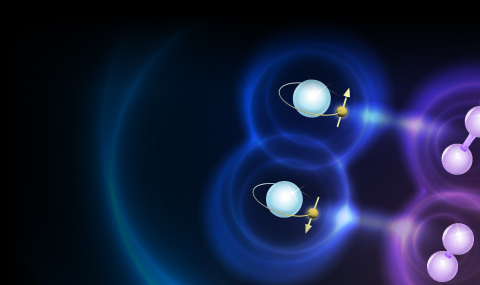Atomic clocks are one of the most outstanding achievements in harnessing quantum technologies for the benefit of the general public. The unit of time, seconds, is derived from the unperturbed transition between two ground-state hyperfine levels of the cesium atom. All SI units (meter, kilogram, ampere, kelvin, candela) are linked to this time definition (except for the mole). As keepers and disseminators of time and frequency, atomic clocks allow for many technological applications, such as satellite-network-based navigation, synchronization of communication networks, and security applications, to name a few. One of the most intriguing and novel scientific application of atomic clocks is their use as probes for new-physics searches.
We plan to use correlation spectroscopy of the iodine molecular ion with an atomic clock to devise a sensitive detector to ultralight dark matter that couples to the strong sector of the standard model. This work is in collaboration with the group of Gilad Perez from the particle physics and astrophysics department [link to our paper, arXiv version].
We are setting up optical-fiber links to connect precision-spectroscopy and metrology labs in Weizmann and Israel. We collaborate with the groups of Roee Ozeri (WIS), Yuval Shagam (Technion), Gadi Eisenstein (Technion), Lior Stern (HUJI), and Ron Folman (BGU). This work is funded by a joint cross-institutional grant for a national network of clocks as part of the support of the Israel Council of Higher Education's to quantum science and technology research.


